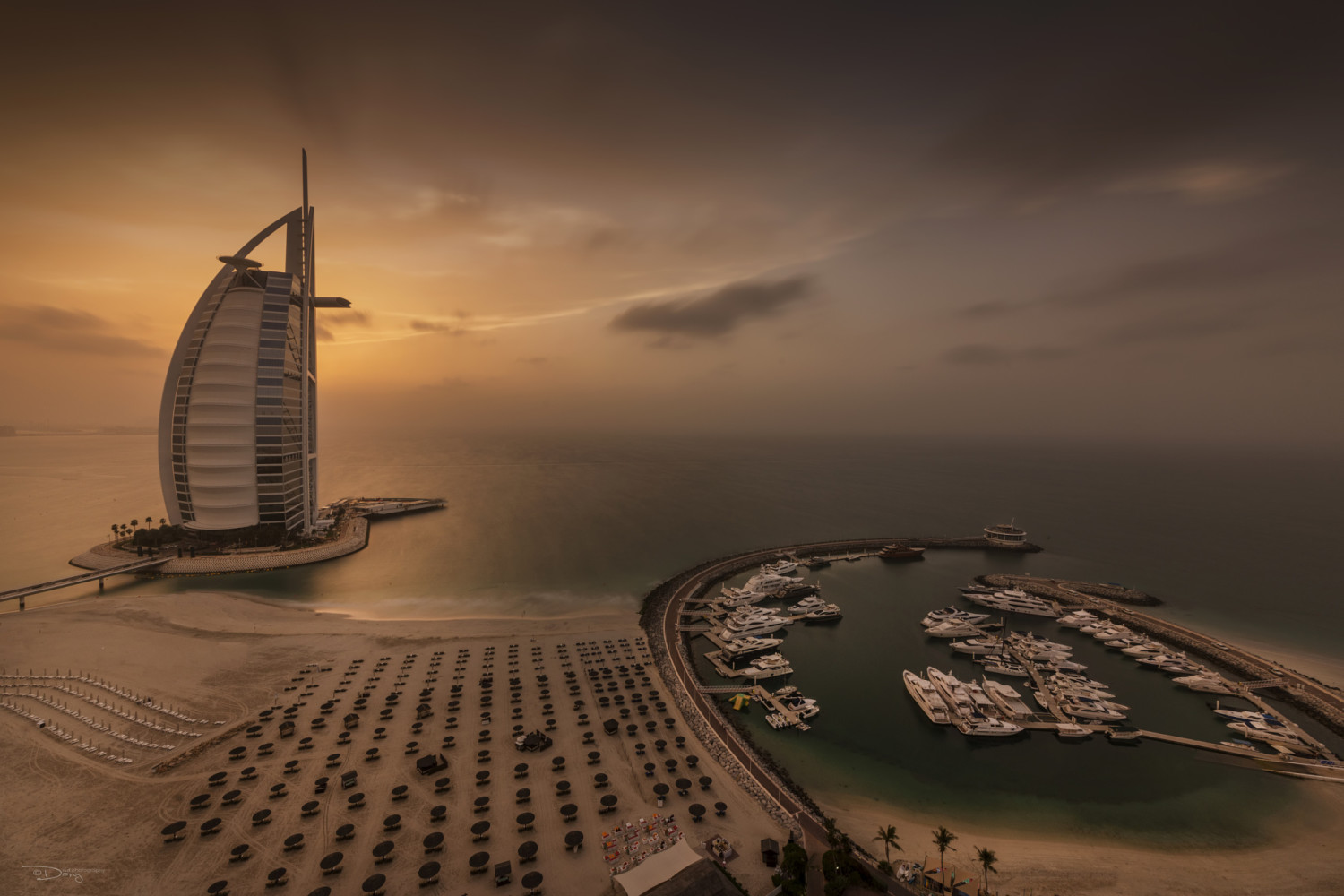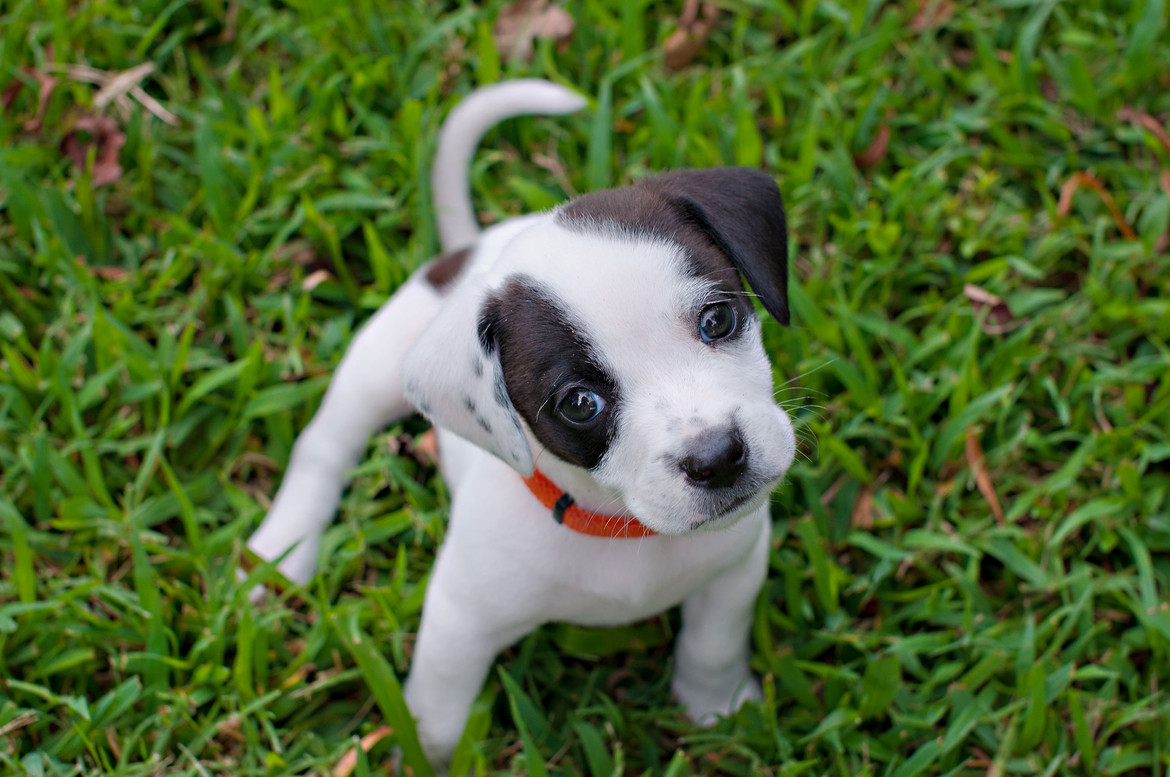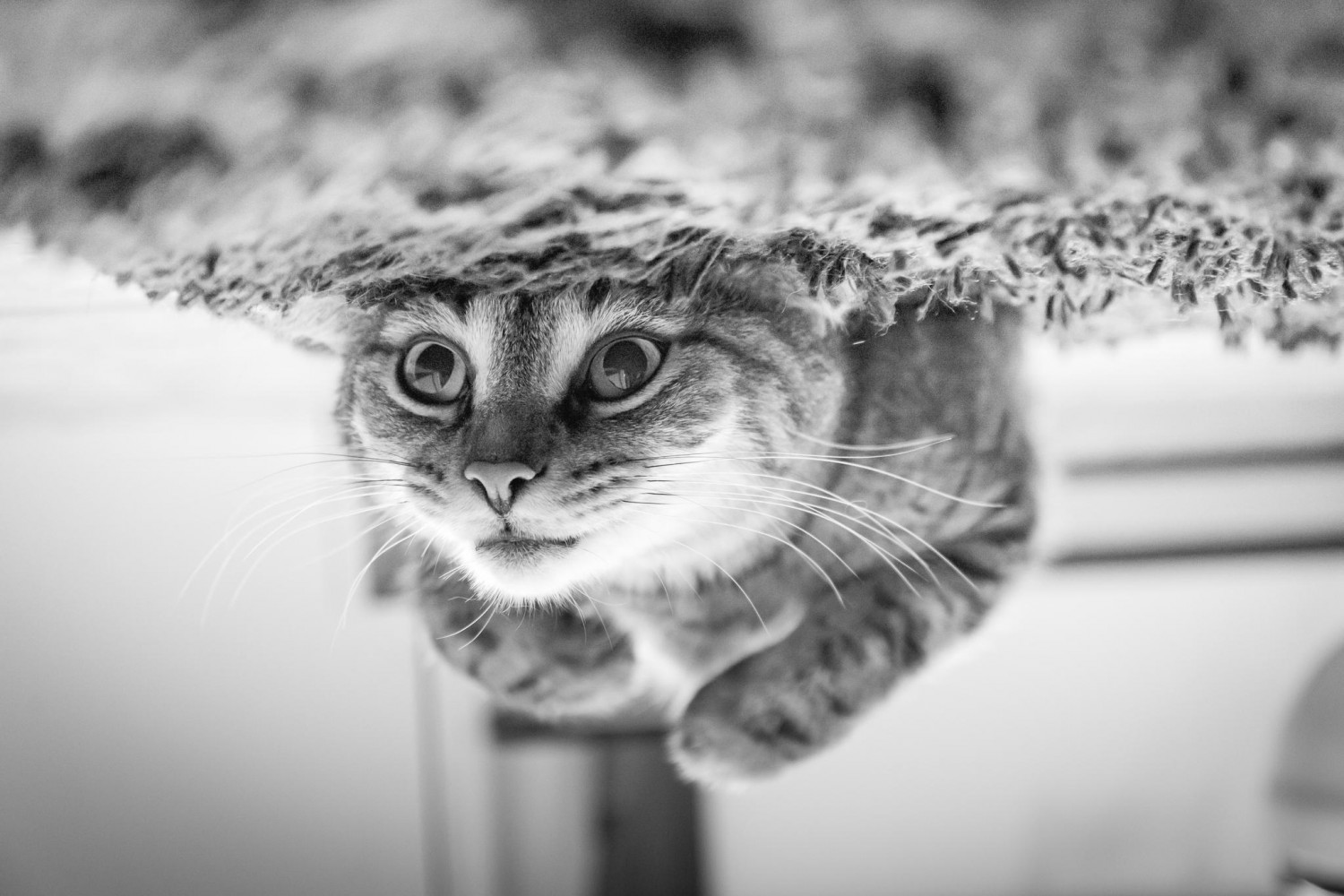When I stumbled upon this stretching lioness, it immediately seized my attention—and my heart. Naturally, I had to know what was going on behind this endearing picture of a big cat in repose, and how this moment of dignified calm was captured. So I reached out to Stephan Tuengler, the photographer himself. Curious? Read on to get the full story behind the shot. Plus, some expert tips on how to prep for a photo safari for the first time!
“This picture was taken in the Masai Mara in Kenya during an INAFRICA-ININDIA Photo Camp, which I was leading in March 2012. In the late afternoon hours, we were driving with our vehicles through the eastern part of the Masai Mara when we approached a pride of lions, which had obviously slept through the whole day. When cats are becoming slowly active, they usually yawn and stretch before they stand up—and may continue to hunt. So it was with these lions.”
“As we noticed them waking up slowly, I asked my driver to position the vehicle in front of this young lioness. I had a big smile on my face while I was shooting this series (about 35 pictures in a row in high-speed mode) as I watched the expression of the lion’s face changed while stretching its body. For this, I used a Canon EOS 1D Mark IV, Canon lens 500/4.0 L IS USM, f4, ISO 400, 1/1250 sec, Av mode, beanbag.”
Stephan’s 3 Tips For Photo Safari Beginners
1. The best thing is always to get first-hand information, either from people who live and work there, or from colleagues who have just been there.
2. Journey to a place that is very promising and stay there as long as possible. Good wildlife photography takes time, and can not be made within a short time.
3. Inform yourself about the species occurring in the area and think about the equipment you will need. Ask yourself: Do I have to take pictures only out of the vehicle? Is the vehicle allowed to drive off-road? Is it allowed to walk? Can I mount a bracket? Do I need a beanbag? Do I need a tripod?
Now let’s get to know the photographer behind the lens better. Scroll down for my exclusive Q&A with Stephan Tuengler!
How did you get started with wildlife photography?
STEPHAN TUENGLER: I grew up in a rural region in Germany with many animals, so I began to love nature early in my life. During my studies in geology and paleontology, I was able to travel to many exciting countries, and the camera was already my constant companion. But it was only when I came into contact with the landscapes, the people, and the diverse wildlife of Africa more than 20 years ago that I decided to become a professional photographer. Since the year of 2003, I made my passion into a second career and began to organize photo safaris. I currently lead the INAFRICA – ININDIA agency, which designs and organizes individual journeys, tailor-made safaris, and small group tours to Africa and India. I personally accompany and go on three to five trips every year.
What subjects do you like to photograph the best?
STEPHAN: My favorite subjects to photograph are African and Indian wildlife. I visit Africa for a very long period of time. The allure of the African savannah with its wildlife makes me go back several times a year there. Africa has a high potential for addiction to me. 99% of my shots are “authentic wild”. I do not like to photograph animals on game farms or in small enclosed areas, because it’s not challenging to me. Very often in those situations, the animals show a completely different behavior. Another very important element for me is the very special light I get there in Africa. It exerts a special magic on me that I just can’t escape. I feel that the light in Africa is significantly redder than in India. Meanwhile, the light in India has a stronger yellow hue.
What can we find in your camera bag?
STEPHAN: I do use Canon Housings (1DX, 1DMark IV and 5D Mark II) and Canon lenses (500/4.0 L IS USM II, 300/2.8 L IS USM II, 70-200/2.8 l IS USM II, 24-70/2.8 L USM, 17-40/4.0 L USM). A camera with high-frame rate and fast autofocus is essential for my work. My own creative ideas, however, are as important as the technology.
What are some of the challenges you’ve encountered out on the field?
STEPHAN: My idea is—and remains—to visit selected areas on various seasons over and over again, because then you know this environment so well that you can then ultimately get the best photographs. I am not a “destination-hopper” and I am not interested in going everywhere on this planet. My focus is completely on Africa and India. In addition, the knowledge about the species that I want to photograph, is immensely important. If you do not know much about the species, it will be very difficult to be in the right place at the right time.
We noticed you take a lot of wildlife photos during golden hour. Can you share some tips for shooting great golden hour images?
STEPHAN: You have to be out, again and again. I shot most of my golden hour photos with a very short time-window of the day. Take a look at my Kalahari pictures, like “Silhouettes” or “Springbucks in the Dust”—you have only 5-10 minutes to catch backlight like that, then it is over, and you have to hope and wait for the next day. Besides that, the animals have to be in the right position—and very often they are not there. If you have very soft backlight, it is very easy to expose the images properly. If you’re a bit unsure, then the best is to take a bracketing or check your image histogram.
In your 20 years of experience, where is the best place in the world to take wildlife photos?
STEPHAN: There are several places in Africa, which are very special; on the other hand, they are very different. On top of my list are the Kalahari desert, the Okavango Delta, the Luangwa Valley, and Mana Pools.
Follow Stephan Tuengler on 500px to see his awe-inspiring body of work. You can also visit and thumb up his Facebook page.
For more information his wildlife photo tours and workshops, visit INAFRICA – ININDIA and the videos on his YouTube channel.
Got a question for Stephan, or a similar experience in the wild to share? Leave a comment for him below!

















Leave a reply